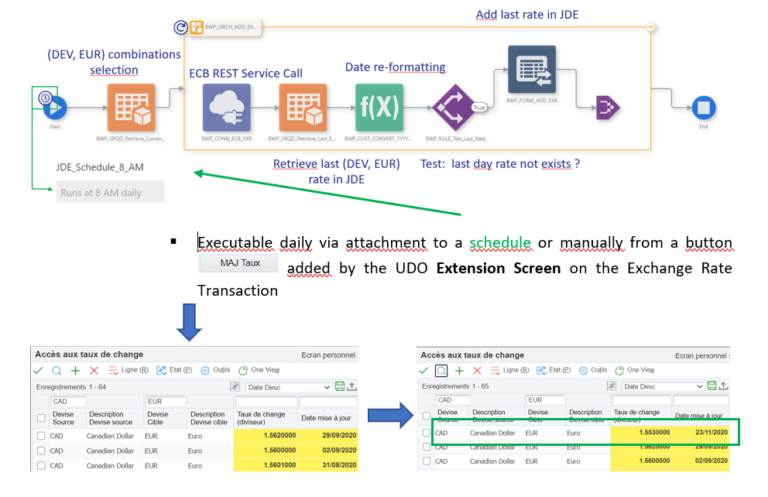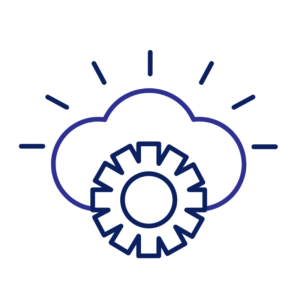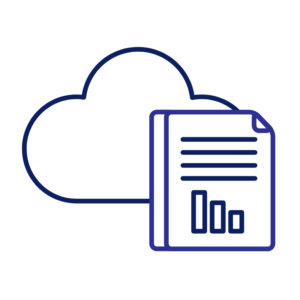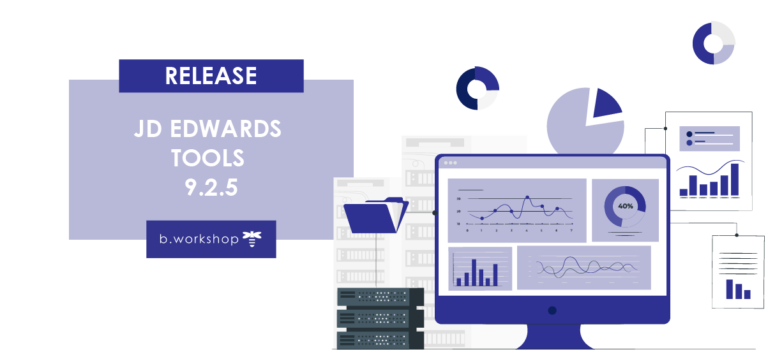The Orchestrator
Extend the user experience WITHOUT development
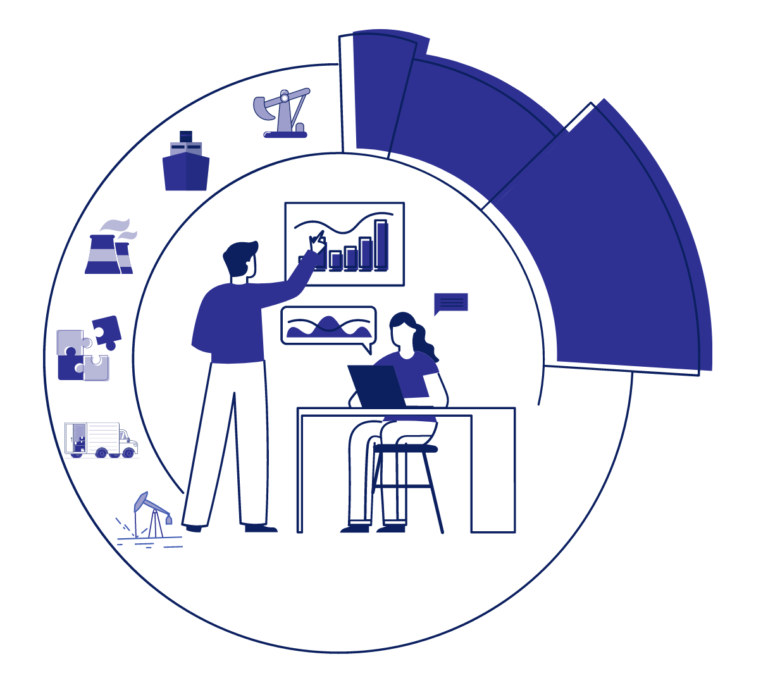
The JD Edwards Orchestrator was originally designed to interface and interact with external software through trigger rules. It was designed to follow the evolution of the 4.0 industry, which included all the innovations related to the IoT (Internet of Things).
The JD Edwards Orchestrator was then catalogued as a powerful technical tool, allowing to automate, integrate and streamline technical processes.
During the last updates of the Orchestrator, the JD Edwards development teams have been able to expand the functionalities to make it a true Swiss Army knife of integration but above all to make it accessible to advanced users. No more need to be a technical expert, now the tool can be easily configured to complement user functionality and improve your business processes.
We have chosen 5 examples that perfectly illustrate the new possibilities of the Orchestrator:
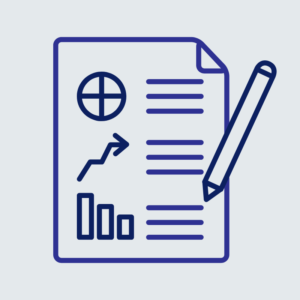
1. Simplify JDE data integration via Excel
For example, let’s take the example of purchase prices: Most of the time, users load purchase prices monthly or quarterly using standard integration files. Most of the time they have a specific Excel file that they load, then launch the JDE batches manually and finally check for data quality errors. Very often, managing anomalies is tedious, and depending on your organization and product configuration, this exercise requires several manipulations and often leads to time-consuming actions.
Thanks to the Orchestrator, price management has become extremely simple. First of all, the Orchestrator is able to interact with your Excel and JDE file in real time, no more need to go back and forth, the Orchestrator sends the data, and in return is able to tell if the data has been loaded correctly.
You can imagine the time savings and ease of loading your data.

2. Data synchronization within the IS
In today’s IS architecture, the ERP remains the “conductor” but more and more often important flow functions are entrusted to specialized tools (WMS, APS, TMS, etc.).
While the essential communication between these software building blocks has long been ensured in “point-to-point” mode, the orchestrator enables data to be synchronized in (near) real time in the ERP system, the determination of which has been entrusted to another component of the information system.
For example: the implementation of a DDMRP-type solution within the IS will naturally lead to it being entrusted with the calculation of item supply times. This data must be synchronized in JDE for the planning tasks to run smoothly.
Construction of three linked orchestrations:
- One updating the lead time at the level of the item master record of a product. As the process is considered industrially critical, the orchestrator can call standard JDE Business Functions to control the reservation of updated records and the detection of possible anomalies.
- An iteration of the previous one on a list of items (table) transmitted by the external tool
- A one invoking a notification notifying the responsible department in case of anomaly detection (JDE error code transmission).


The orchestration is called directly from a script in the external tool (URL+ JSON parameters) each time it has carried out the delay calculations for which it is responsible.
3. Mobility, communication and data integrity
The Orchestrator can also generate alerts directly to targeted users. For example, alert when data is missing or when there are anomalies in the quality of the data. When a user enters a new item with no associated cost, then the Orchestrator can report the problem and can send an email to the person responsible for defining the costs. He or she simply receives an e-mail notification and can perform the update.
You can also facilitate the coordination of records, such as checking category code cross-references to ensure the consistency of repositories (products, customers, suppliers, etc…), so the Orchestrator can manage anomalies in real time, and alert users through notifications (or emails) to maintain the integrity of your data.
Finally, the Orchestrator can be invoked from mobile devices. Once again, orchestration allows you to either query the JD Edwards database and display data useful to operators, or simply make updates from the mobile device.


4. Automation of tasks from transactions
In JDE, depending on the complexity of customer processes, the complete data creation procedure may involve validating several disjointed transactions that the standard does not allow to be linked automatically => risk of forgetting by the user.
Furthermore, in some cases, some of this data is required by JDE functions/modules but does not require a decision on its content: it must “just” exist => no operational added value for the user.
The Orchestrator, combined with the UDO Screen Extension, makes it possible to overcome these 2 drawbacks: in the above case, it is possible to invoke an orchestration feeding the necessary related data from a screen event without development.
Example: the module 39 of advanced stock valuation requires that each item on a company refers to a record in the constants of this module.
Upon validation of the item/store record of a given item, an orchestration is invoked which will automatically create the corresponding record without any additional action by the user.

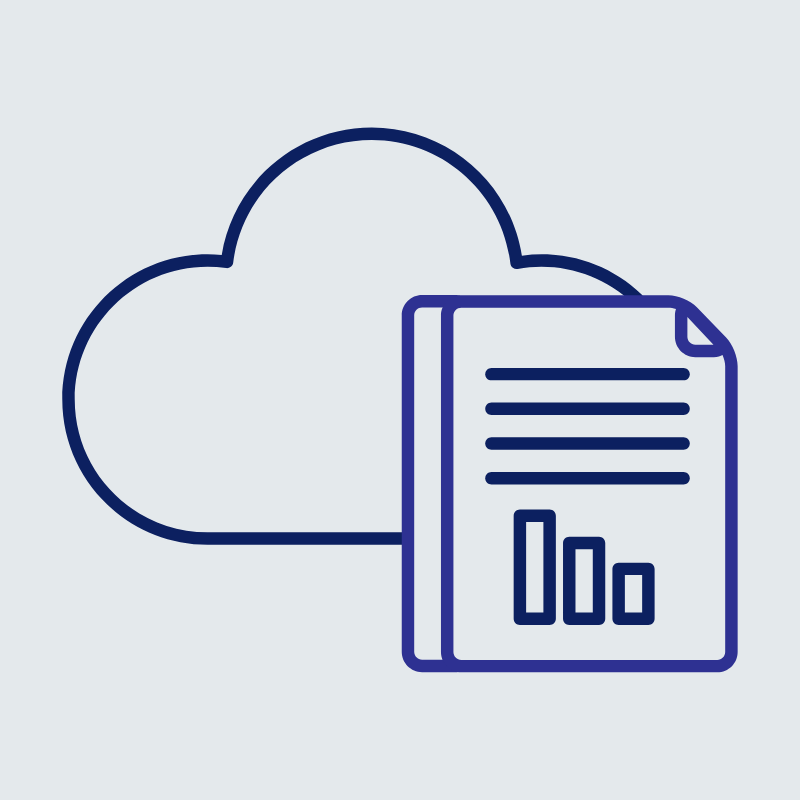
5. Updating data from webservices
The orchestrator is based on the REST protocol, which makes it possible to invoke external services using this standard made available by data providers and to inject the data provided by these services into JDE.
This is particularly interesting to automate the updating of dynamic data in JDE that would otherwise have to be updated manually by users, which is tedious if the data changes very quickly (example: share prices).
Example: automatic update of exchange rates with the euro for all foreign currencies managed by the company.
Construction of two nested orchestrations:
- One retrieving the last rate provided by the ECB for a couple (currency, EUR) and updating the JDE exchange rate table
- One iteration of the previous one for all managed pairs (currency, EUR)
